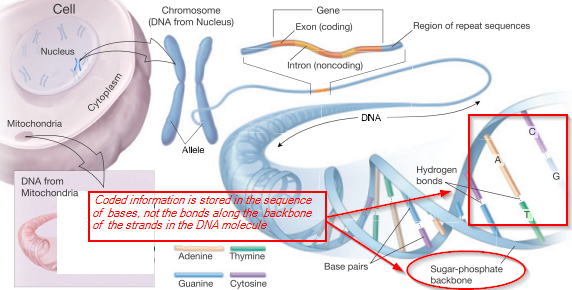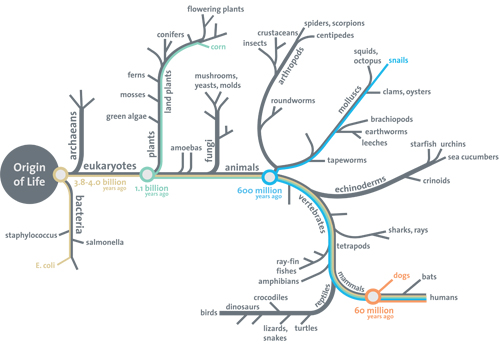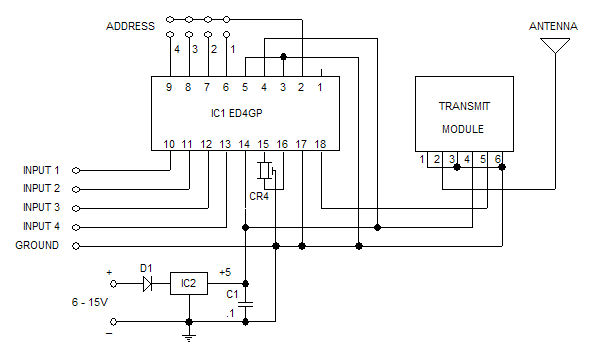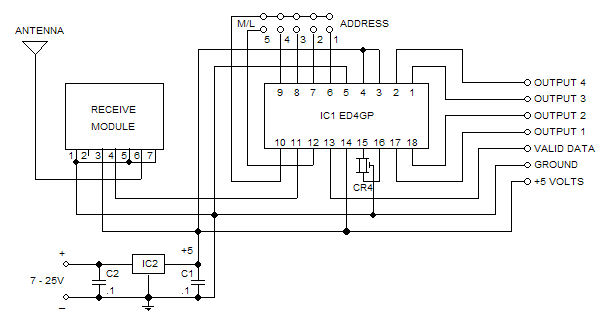Newbie commenter Andre, in an exchange with Mr Matzke, asks some interesting questions concerning DNA.
First, let us remind ourselves of what we are discussing, courtesy NIH:

Next, Andre’s comment:
DNA has the following;
1. Functional Information
2. Encoder
3. Error correction
[4]. Decoder
. . . can you please show me in a step by step fashion how such a system could randomly without any intelligence, and totally unguided build itself?
Where did the functional information come from? What was first the encoder? The decoder? Error correction? Functional information?
This is an irreducibly complex system any part removed and the system fails to function. Can you prove otherwise . . . ?
It would be interesting to see the answer to this and other similar OOL-oriented questions.
(OOL is now squarely on the table as a pivotal issue in origins science. The matter here is very simple. First, as we are at origins of life, the favourite resort, to the astonishing claimed powers of “natural selection” is off the table. Why? Because there is no code based genetic reproduction to have differential reproductive success that rewards superior genetic varieties. Second, this is the root of the Darwinist tree of life, and no roots, no trunk, no shoots and no branches. That is, the whole iconic analogy of macroevolutionary development of the body plans of life to a growing tree is on the table.)
Let us remind ourselves of the claimed tree architecture, paying particular attention to the root:

Because the issue Andre raises puts irreducible complexity squarely on the table, it is worth first showing the irreducibly complex logical structure of a communication system:

Let me add the example Andre gives, the Glolab RF IC ED4GP encoder/decoder, in encoder mode, tied to a transmitting antenna of a specified length (1/4 wave resonant, I assume with end correction optimised):

Now, the matching decoder IC set up (and notice, this chip has BOTH functions, so it’s “just exaptation” . . . yeah, and you better have a big parts bin to replace the ones you let the smoke out of!):

(The onlooker might want to have some fun identifying the blocks in the general diagram and how they correspond to the actual chip ckt. Then ask yourselves if the ICs were designed by monkeys banging away at keyboards with an electronic cad/cam system running!!!!)
Then also, to point out the relevance of Menuge’s criteria C1 – 5 on the favourite dismissive tactic, exaptation of pre-existing entities to serve a new jury rigged by chance structure and purpose, let us clip:
For a working [bacterial] flagellum [–> as a concrete example] to be built by exaptation, the five following conditions would all have to be met:
C1: Availability. Among the parts available for recruitment to form the flagellum, there would need to be ones capable of performing the highly specialized tasks of paddle, rotor, and motor, even though all of these items serve some other function or no function.
C2: Synchronization. The availability of these parts would have to be synchronized so that at some point, either individually or in combination, they are all available at the same time.
C3: Localization. The selected parts must all be made available at the same ‘construction site,’ perhaps not simultaneously but certainly at the time they are needed.
C4: Coordination. The parts must be coordinated in just the right way: even if all of the parts of a flagellum are available at the right time, it is clear that the majority of ways of assembling them will be non-functional or irrelevant.
C5: Interface compatibility. The parts must be mutually compatible, that is, ‘well-matched’ and capable of properly ‘interacting’: even if a paddle, rotor, and motor are put together in the right order, they also need to interface correctly.
( Agents Under Fire: Materialism and the Rationality of Science, pgs. 104-105 (Rowman & Littlefield, 2004). HT: ENV.)
Let us see how well suggested answers address the concerns about irreducible complexity, the root of the tree of life and the issues in C1 – 5. While doing so, let us always bear in mind the need for observational warrant for claimed explanations.
That will tell us a lot about the true balance on the merits. END
_________
PS: Today marks seven months that the UD ~ 6,000 word (feature article length) Pro-Darwinism essay challenge has gone unanswered. The first, pivotal aspect of that challenge is to provide an observationally warranted, blind watchmaker account, in summary, for OOL. It is explicitly pointed out that this is the root of the tree of life and so must rightly be answered, if the evolutionary materialist picture is to be regarded as reasonable or credible. Dismissals and distractors aplenty but no direct take-up on a decisive free shot at goal.